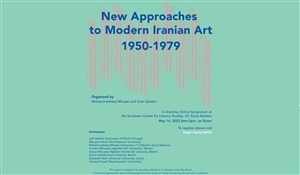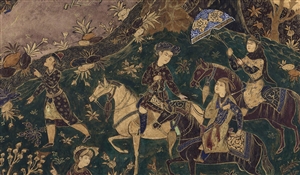A Review of "Minimalism and Conceptual Art" Show at the Tehran Museum of Contemporary Art
31 Jul 2022Original text in Farsi by Soheila Habibi
Translated to English by Omid Armat
Tehran Museum of Contemporary Art is currently running an exhibition titled "Minimalism and Conceptual Art". More than 137 works are displayed in 9 galleries of the museum, 38 of which are taken out of the museum's permanent collection and displayed for the first time. The works are created in different mediums, including sculptures, photographs, paintings, and installations.
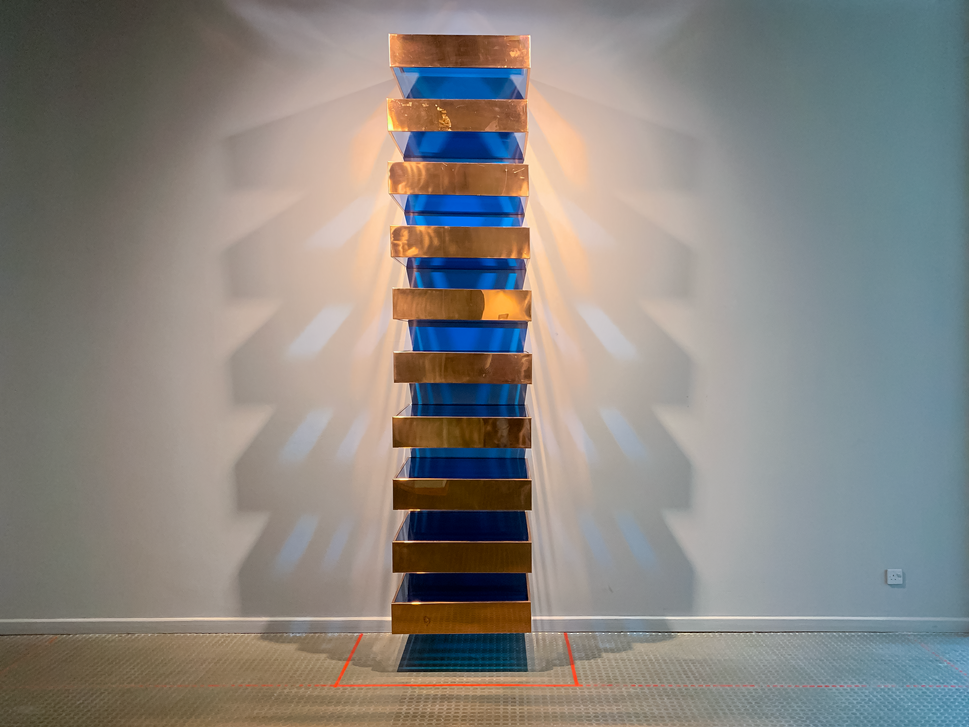
Entering the museum's space, we see works by Man Ray and Marcel Duchamp installed in gallery No. 1. Although Minimalist Art and Conceptual Art relate to the 1950s and 1970s, the show starts with Dadaist works dating back to the 1920s. As Behrang Samadzadegan, the exhibition's curator, has said, Dadaism was the beginning of a path that led to questioning the conventional patterns and definitions of works of art. A work by Donald Judd, the famous Minimalist artist, also attracts attention in this part of the show. The work is titled "Progression," and was purchased 40 years ago by the museum but was not exhibited until now.
Other works that are displayed for the first time include an installation and some print works by Sol LeWitt, an installation and some lead printing stereoplates by Robert Morris, "Irregular Steel" by Beverly Pepper, an installation by Peter Struycken, which belongs to the "Blocks" series, a portfolio by Shusaku Arakawa, "Goodbye Sharpie" by Dieter Roth, a file of hand prints of insects by Ed Ruscha, and "Ba-O-Ba for New York" by Keith Sonnier.
Some artists mentioned above are not specifically considered Minimalist or Conceptual artists. Still, according to Behrang Samadzadegan, the show is designed to make the artists' mental atmosphere and their artworks be noticed. For example, Ed Ruscha is a Pop artist, but in this show, the conceptual aspect of his work is emphasized. The curator is focused on the artists' attitudes toward the concept of modern aesthetics rather than their classifications based on art history. In fact, artists and their selected works are presented so that each work does not belong to one specific art category. Additionally, works by Agnes Martin and Ad Reinhardt, Abstract Expressionist artists considered among the most influential figures in Minimalist and Conceptual art movements, are displayed in the show.
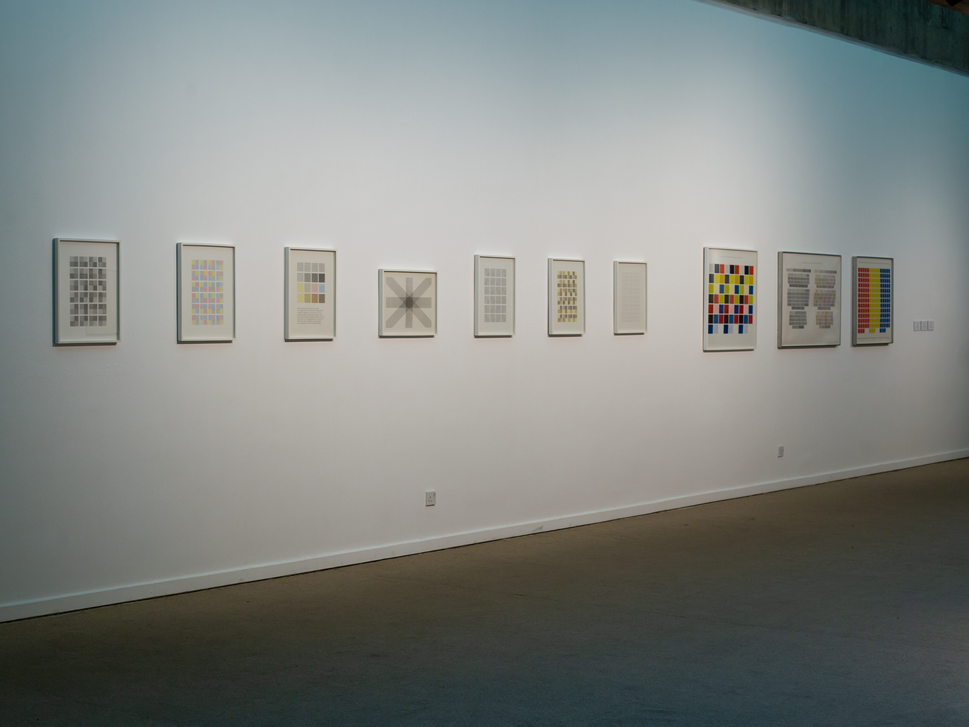
Other artists whose works are presented in this exhibition include Gilbert and George, Dan Flavin, Jasper Johns, Robert Rauschenberg, Daniel Espoerri, Ger-Van-Elk, Roger Welch, Michelle Stuart, Jacqueline Winsor, Bernd and Hilla Becher, Gordon Matta-Clark, Dennis Oppenheim, John Baldessari, Robert Smithson, Jan Dibbets, Michele Zaza, Frank Stella, Christo and Jeanne-Claude, Terry Atkinson, Michael Baldwin, Michelangelo Pistoletto, Bernar Venet, and Joseph Kosuth.
Moving past gallery No. 1, we see works of Minimalism and Conceptual art. The show's prominent feature is how works are installed throughout the gallery. According to the exhibition's title, the show's installation also appears minimalistic. Unlike the museum's previous exhibitions in which numerous artworks were displayed, only 137 artworks are presented in this show, so there is a considerable space between the works. Minimalist works are created with an emphasis on the area in which they will be presented rather than emphasizing the work itself. This is clearly visible all over the exhibition's space.
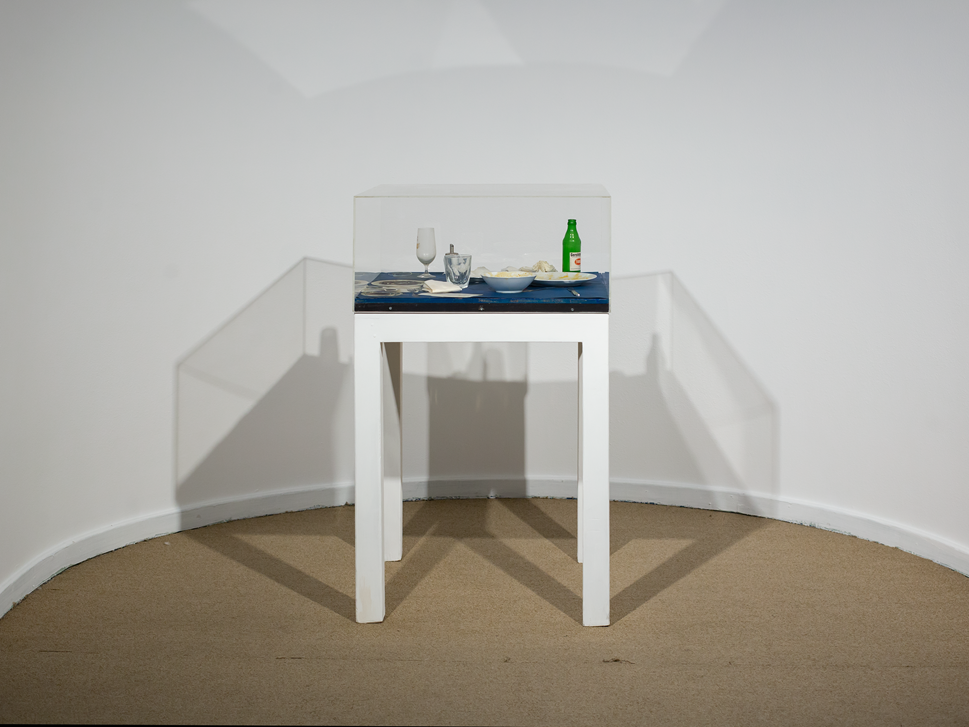
At the beginning of each gallery, there is a quote from the artist or some description of the Minimalist and Conceptual works, which helps the viewer better understand the show's atmosphere. A significant feature designed by the exhibition curator is that works become more colorful from one gallery to the next. Works installed in the first galleries generally include greys, milky whites, or even blacks. As we proceed to the final galleries, works gain colors; in the last hall, colors and lights are the engaging elements.
The historical path presented by the show's installation starts from instances of Dadaism, continues with Post-abstract Art or Post-painterly Abstraction, Minimalist and Conceptual art, and ends with examples of Pop Art visual approaches and Neo-Dadaism. The "Minimalism and Conceptual Art" show started on June 21, 2022, and will continue until September 18.




